Description
Soya Flour: A Comprehensive Guide
Introduction
Soya flour, derived from ground soybeans, is a versatile and nutritious ingredient widely used in various culinary applications. It is valued for its high protein content, rich nutrient profile, and ability to enhance the texture and flavor of baked goods and other foods. This guide provides an in-depth look at soya flour, including its types, nutritional benefits, culinary uses, and cooking tips.
What is Soya Flour?
Soya flour is made by grinding whole soybeans into a fine powder. It comes in different forms, including full-fat, low-fat, and defatted varieties, each offering distinct benefits and uses. Soya flour is a popular ingredient in gluten-free and high-protein diets and is commonly used to improve the nutritional value and texture of various recipes.
Types of Soya Flour
- Full-Fat Soya Flour:
- Characteristics: Contains the natural oils present in soybeans, providing a richer flavor and higher fat content.
- Common Uses: Used in baked goods, sauces, and gravies to add moisture and enhance flavor.
- Low-Fat Soya Flour:
- Characteristics: Partially defatted, offering a balance between flavor and reduced fat content.
- Common Uses: Ideal for baking and cooking where a moderate fat content is desired.
- Defatted Soya Flour:
- Characteristics: Most of the oil is removed, resulting in a high-protein, low-fat product.
- Common Uses: Used in protein bars, supplements, and other health-focused products.
Nutritional Profile
- Protein: Soya flour is an excellent source of plant-based protein, containing all essential amino acids. This makes it particularly valuable for vegetarians and vegans.
- Vitamins and Minerals: Soya flour is rich in essential vitamins and minerals, including:
- B Vitamins: Thiamin, riboflavin, niacin, and folic acid.
- Minerals: Iron, calcium, magnesium, and potassium.
- Fiber: High in dietary fiber, soya flour supports digestive health and helps maintain a feeling of fullness.
- Healthy Fats: Full-fat soya flour contains healthy unsaturated fats, including omega-3 and omega-6 fatty acids, which are beneficial for heart health.
- Phytoestrogens: Soya flour contains phytoestrogens, which are plant compounds that mimic the action of estrogen in the body. These compounds have been studied for their potential health benefits.
Health Benefits
- Heart Health: The healthy fats and lack of cholesterol in soya flour can help reduce the risk of heart disease when used as part of a balanced diet.
- Bone Health: The calcium and magnesium content in soya flour supports bone health and may help prevent osteoporosis.
- Digestive Health: The high fiber content aids in digestion and promotes regular bowel movements.
- Weight Management: Soya flour’s high protein and fiber content can help in weight management by promoting satiety and reducing overall calorie intake.
Culinary Uses
- Baking:
- Bread and Pastries: Soya flour can be used to improve the texture and protein content of bread, muffins, cookies, and cakes. It is often mixed with other flours in baking recipes.
- Gluten-Free Baking: It is a popular choice for gluten-free baking, providing structure and moisture to gluten-free baked goods.
- Thickening Agent:
- Sauces and Gravies: Soya flour can be used as a thickening agent in sauces, gravies, and soups, adding a subtle nutty flavor.
- Meat Alternatives:
- Veggie Burgers and Meatballs: Soya flour is used in the production of meat substitutes, helping to bind ingredients and enhance the protein content.
- Snacks:
- Protein Bars and Snacks: It is often used in protein bars, health snacks, and energy balls to boost protein content.
Cooking Tips
- Substitution:
- When substituting soya flour for regular flour, use about 1/4 to 1/3 cup of soya flour for every cup of regular flour. This can help maintain the texture and consistency of the final product.
- Blending:
- For best results, blend soya flour with other flours, such as wheat or rice flour, to achieve a balanced texture and flavor in baked goods.
- Storage:
- Store soya flour in an airtight container in a cool, dry place. To extend its shelf life, consider refrigerating or freezing it, especially the full-fat variety, to prevent rancidity.
Environmental Impact
- Sustainable Farming:
- Soybeans are often grown using sustainable farming practices. Choosing soya flour from brands that emphasize organic and non-GMO practices can further support environmental sustainability.
- Packaging:
- Consider the environmental impact of packaging. Opt for products with minimal or recyclable packaging to reduce waste.
Conclusion
Soya flour is a versatile and nutritious ingredient that enhances the protein content and nutritional value of various dishes. Its high protein, vitamin, and mineral content make it a valuable addition to a balanced diet. Whether you are baking, cooking, or creating meat alternatives, understanding the types and uses of soya flour can help you incorporate this nutritious ingredient into your culinary creations effectively. With its numerous health benefits and culinary versatility, soya flour is an excellent choice for health-conscious cooks and bakers.
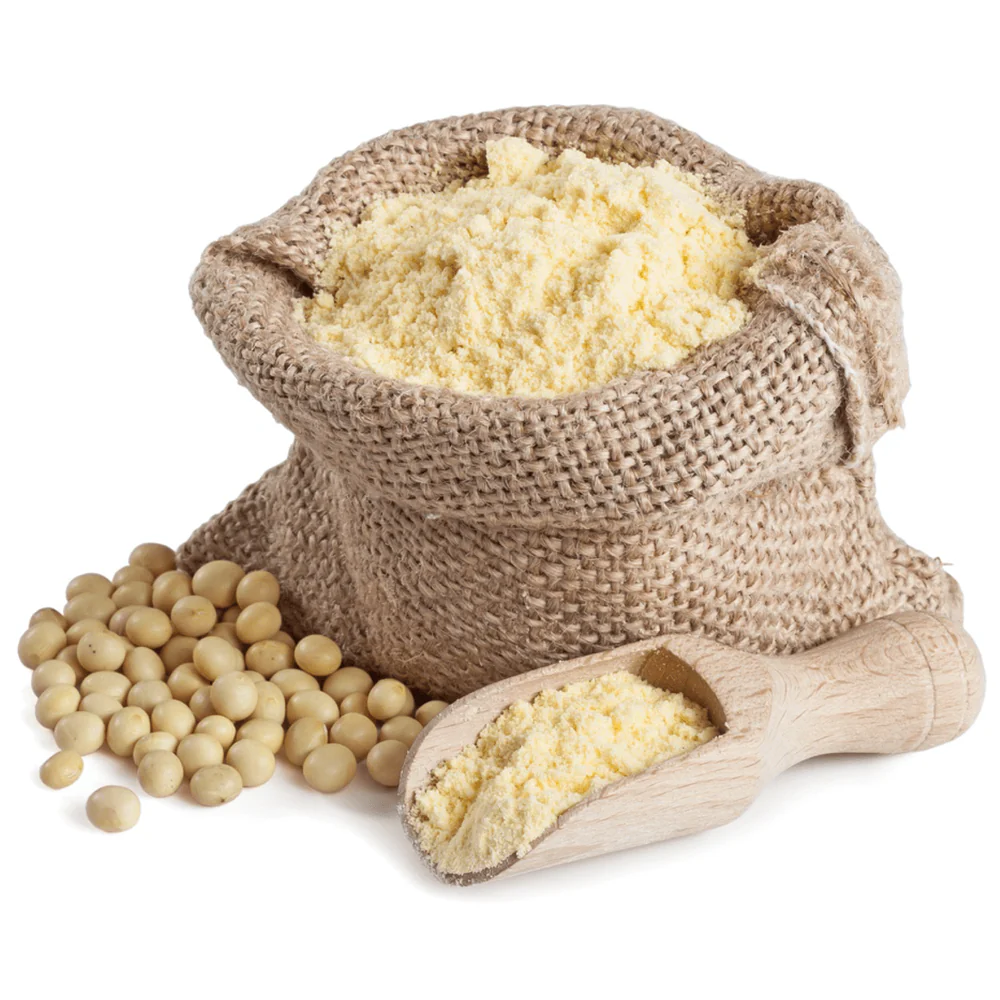
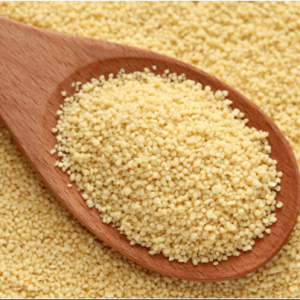
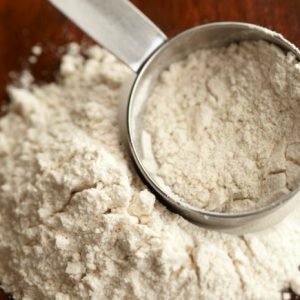
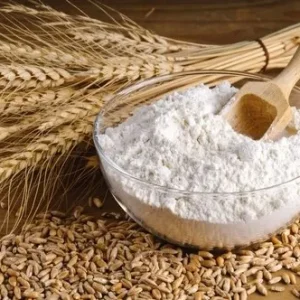
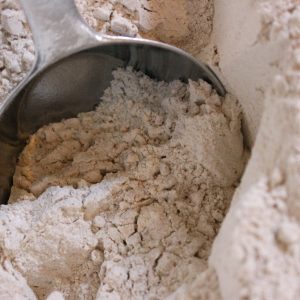
Reviews
There are no reviews yet.